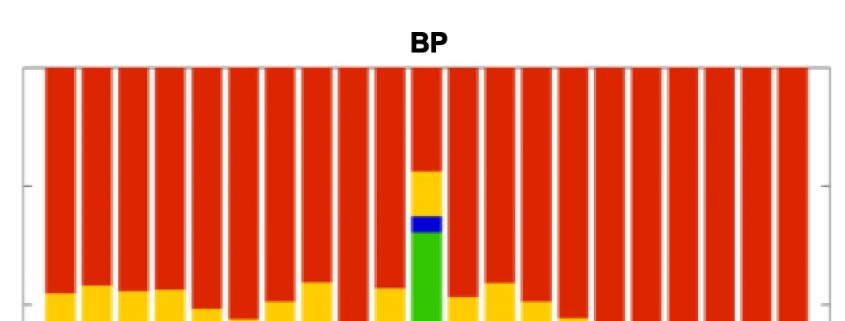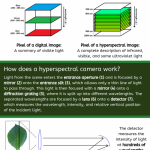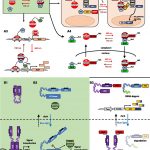Identification of branch points and lariat RNAs during splicing in plants
Zhang et al. identified intronic branch points and lariat RNAs in four plant species.
By Binglian Zheng, Fudan University, China.
Background: Most genes contain exons and introns; when genes are transcribed into precursor mRNAs, the introns must be removed and exons ligated to form mature mRNAs for translation into proteins. The removal of introns requires: 1) cutting the 5′ terminus of the intron; 2) attack of the branch point (BP), a spot just upstream of the 3′ terminus, by the free 5′ terminus to form lariat-structured intermediates; 3) cutting of the 3′ terminus and ligation of the two exons flanked the intron. This releases the excised intron as a ‘lariat’ RNA, which is rapidly degraded via RNA debranching enzyme-mediated linearization.
Question: Incorrect selection or mutation of the BP causes abnormal plant growth and development due to failed removal of introns. How does the splicing machinery select the BP? What features of intron sequences affect lariat RNA degradation?
Findings: We used 948 RNA sequencing datasets to comprehensively analyze BP selection and identify lariat RNAs in two dicots (Arabidopsis and tomato) and two monocots (rice and maize). We thus provide a comprehensive map of plant BPs, and show that many introns harbor multiple BPs. Moreover, many BPs are tissue-specific. We found that lariat RNAs formed from transposon-inserted introns are preferentially degraded, and accumulation of lariat RNAs is usually accompanied by the circularization of flanking exons. More interestingly, hundreds of lariat RNAs accumulate in wild-type Arabidopsis via unknown mechanisms. These results indicate that metabolism of lariat RNAs may have important roles during plant development.
Next steps: What factors are involved in the tissue-specific selection of multiple BPs? Why does the presence of transposons promote the degradation of their parent lariat RNAs? How does RNA debranching enzyme recognize and degrade lariat RNAs? What is the biological significance of the lariat RNAs that accumulate in wild type?
Xiaotuo Zhang, Yong Zhang, Taiyun Wang, Ziwei Li, Jinping Cheng, Haoran Ge, Qi Tang, Kun Chen, Li Liu, Chenyu Lu, Junqiang Guo, Binglian Zheng, and Yun Zheng (2019). A Comprehensive Map of Intron Branchpoints and Lariat RNAs in Plants https://doi.org/10.1105/tpc.18.00711
Key words: splicing, intron, branch point, lariat RNA




